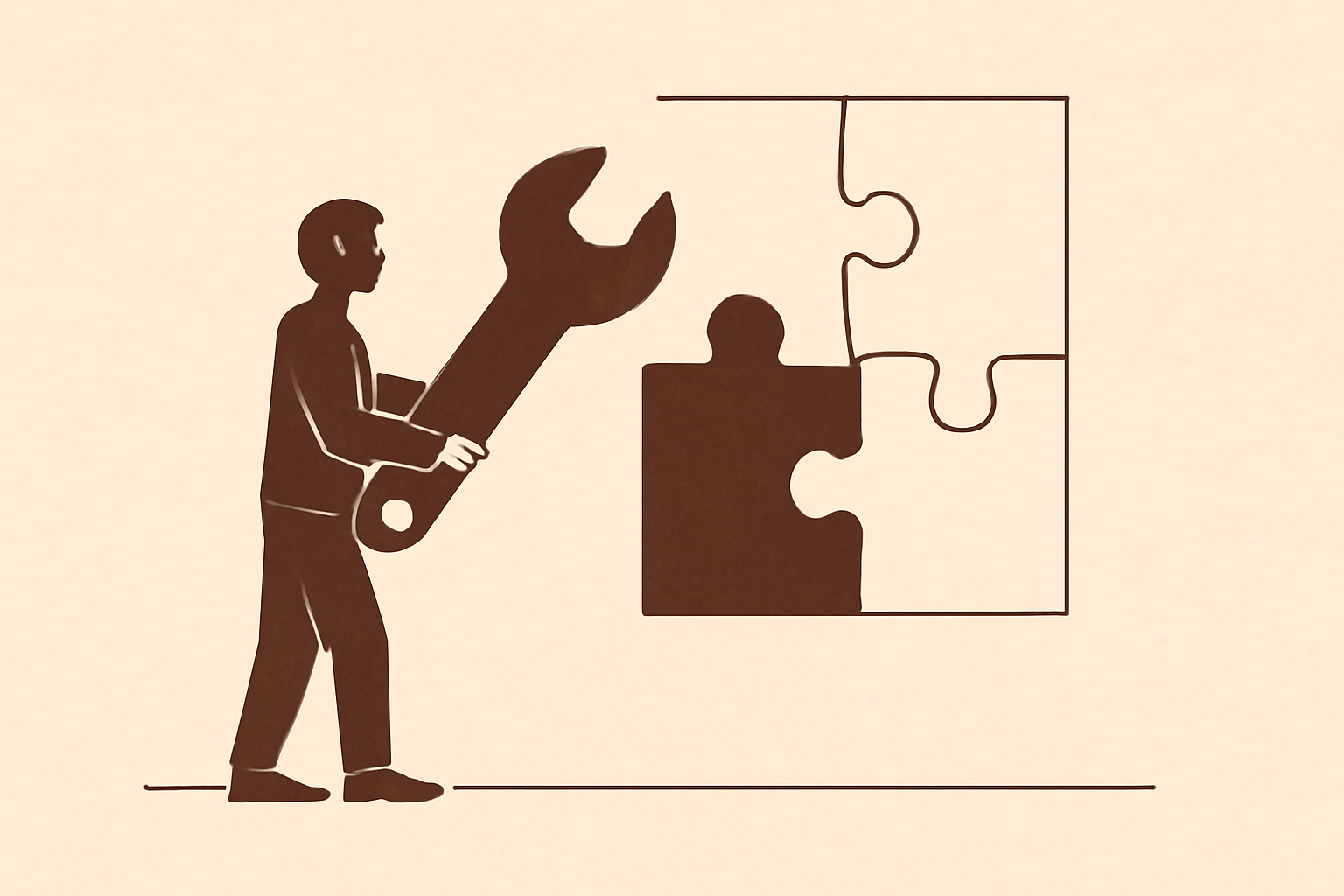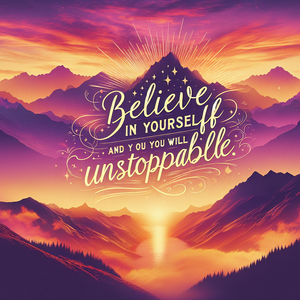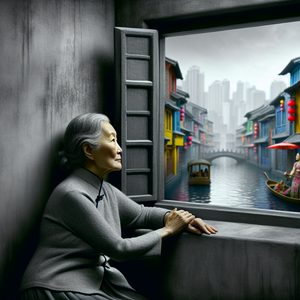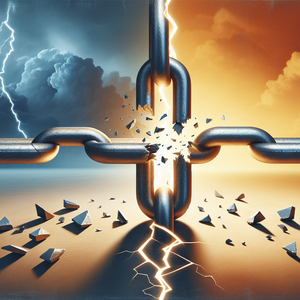When Artists Meet Algorithms: The Creative Frontier of Human-AI Collaboration

Artists have always pushed the limits of their mediums—from the discovery of oil paint to the invention of photography and video. Today, algorithms are the newest canvas. AI-powered platforms like DALL-E and Midjourney let visual artists conjure intricate images from simple text prompts, acting as digital muses. Consider Refik Anadol, a Turkish artist celebrated for his “machine hallucinations”—immersive installations generated by AI’s capacity to process and remix massive datasets of visual information. Anadol’s works transform raw data into mesmerizing, dreamlike experiences, demonstrating how AI can not only serve an artist’s vision but also inspire entirely new creative paths. The music world is similarly transformed. While algorithms can compose entire symphonies, the most compelling results emerge from true collaboration. Grammy-nominated musician Holly Herndon, for example, created “Spawn,” an AI-based twin of her own voice, trained to harmonize and sing in ways she herself could not. In performances, Herndon and Spawn create music that is both familiar and otherworldly—a duet where human intuition and machine possibility entwine.
Writers and the Algorithmic Pen
Writing, long considered the most human of creative endeavors, is also changing. Language models like ChatGPT now co-author novels, invent plot twists, and generate poetry. Author Robin Sloan used a custom AI to help write his novel Sourdough, leveraging the machine not to replace his creative process but to spark fresh ideas and unexpected turns of phrase. Here, the AI was a brainstorming partner, contributing raw material for Sloan to shape and refine. In journalism, AI handles routine reporting tasks, freeing human writers to focus on investigative stories and nuanced narratives. More significantly, journalists are using AI to sift through massive data troves, uncovering patterns and stories that would be nearly impossible to detect otherwise. This combination of human insight and AI-powered analysis amplifies both the efficiency and depth of modern reporting.
Unexpected Outcomes and New Frontiers
The magic of human-AI collaboration often lies in its unpredictability. While AI can generate thousands of options in seconds, it is the artist’s intuition that selects, edits, and curates the final product. This dynamic leads to surprising juxtapositions and innovations. In fashion, designer Iris van Herpen uses AI to simulate natural forms and organic movement, resulting in garments that appear both futuristic and elemental—wearable art that could not exist without this partnership. AI is also democratizing creativity. Musicians with limited resources can use AI to compose backing tracks or master recordings. Amateur writers now have access to AI-powered editing and brainstorming assistants. By lowering barriers to entry, AI opens creative pursuits to a wider, more diverse pool of participants, aligning with trends in the broader workforce where hybrid, AI-augmented roles are becoming the new norm.
Challenges and the Human Touch
Yet, this creative frontier is not without its challenges. As artists collaborate with algorithms, questions of authorship and originality arise. Who gets credit for an artwork co-created with AI? What happens to the value of art when anyone can generate near-professional results with the right prompt? In an era where AI-generated content is ubiquitous, the uniquely human perspective—infused with emotion, intent, and a personal story—becomes even more prized. Audiences increasingly seek authenticity, craving the emotional resonance that only humans can provide.
The collaboration between artists and algorithms is not a threat to creativity; it is a transformation. AI serves as a creative partner, sparking new ideas and expanding the horizons of what is possible. The future of the creative professions lies not in competition with machines, but in partnership—where human imagination and machine intelligence together produce art that is richer, more complex, and unexpectedly beautiful. As traditional jobs evolve into hybrid, AI-augmented roles, the creative industries stand at the vanguard of this new renaissance. Here, the most compelling masterpieces will be those born from the synergy of human vision and algorithmic possibility—a testament to our enduring quest to create, discover, and be inspired.
AI-Assisted Creative Director (Visual Arts & Media)
Digital agencies (R/GA, Wieden+Kennedy), immersive experience studios (Meow Wolf), streaming media companies (Netflix, Hulu)
Responsibilities
Lead the conceptualization and execution of multimedia projects that integrate AI-generated content (e.g., images, video, animation) with human artistry.
Oversee the collaboration between artists and data scientists to ensure technological tools enhance creative vision.
Required Skills
Proficiency with generative AI platforms (such as Midjourney, DALL-E, RunwayML)
Strong portfolio of mixed media or digitally-augmented art
Experience directing multidisciplinary teams.
Unique Qualifications
Background in both studio art and computational design
Ability to translate artistic goals into actionable AI workflows.
Machine Learning Sound Designer (Music & Audio)
Music tech companies (Spotify, Native Instruments), game studios (EA, Ubisoft), audio plugin developers (iZotope)
Responsibilities
Develop and implement machine learning models for sound synthesis, composition, and audio processing
Collaborate with musicians to create novel sonic textures or AI-driven instruments.
Required Skills
Expertise in Python and audio processing libraries (e.g., TensorFlow, Librosa)
Solid foundation in digital audio workstations (Ableton, Logic Pro)
Experience training neural networks for audio generation.
Unique Qualifications
Demonstrated ability to bridge the gap between music theory and algorithmic sound design
Portfolio of AI-augmented compositions or plugins.
Algorithmic Storytelling Specialist (Publishing & Media)
Major newsrooms (The New York Times, BBC), digital publishing platforms (Medium, Wattpad), interactive fiction studios
Responsibilities
Collaborate with writers, editors, and developers to design and implement AI-powered narrative tools for journalism, fiction, or interactive media
Analyze large datasets for story discovery and content personalization.
Required Skills
Familiarity with natural language processing (NLP) APIs (OpenAI, Cohere)
Experience in creative writing or journalism
Competence in data visualization or computational linguistics.
Unique Qualifications
Ability to combine editorial sensibility with technical fluency
Proven track record developing or using AI tools to enhance narrative content.
Generative Fashion Technologist (Fashion & Product Design)
Innovative fashion houses (Iris van Herpen, Balenciaga), wearable tech startups, 3D printing companies
Responsibilities
Use AI-driven design software to generate and iterate garment prototypes, simulate fabric behaviors, and optimize production workflows
Work closely with designers to translate AI outputs into manufacturable fashion pieces.
Required Skills
Experience with 3D modeling tools (CLO3D, Blender)
Understanding of machine learning for design (GANs, pattern recognition)
Knowledge of fashion manufacturing processes.
Unique Qualifications
Portfolio of AI-generated or computationally-designed fashion
Ability to bridge digital design and physical prototyping.
AI-Augmented Content Editor (Digital Media & Publishing)
Online magazines (Wired, The Verge), content marketing agencies, tech-forward publishing firms
Responsibilities
Curate, edit, and refine AI-generated text, ensuring human voice, emotional resonance, and originality remain intact
Develop editorial guidelines for hybrid human-AI content production.
Required Skills
Strong editing and writing background
Experience with AI writing tools (ChatGPT, Sudowrite)
Familiarity with copyright and ethical issues in AI-generated content.
Unique Qualifications
Demonstrated ability to distinguish between authentic and machine-generated voice
Expertise in shaping AI outputs into compelling, publishable narratives.


